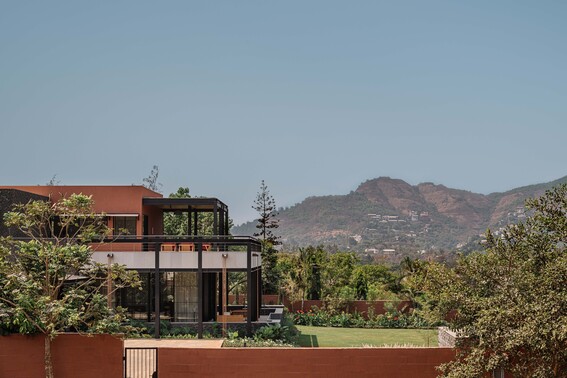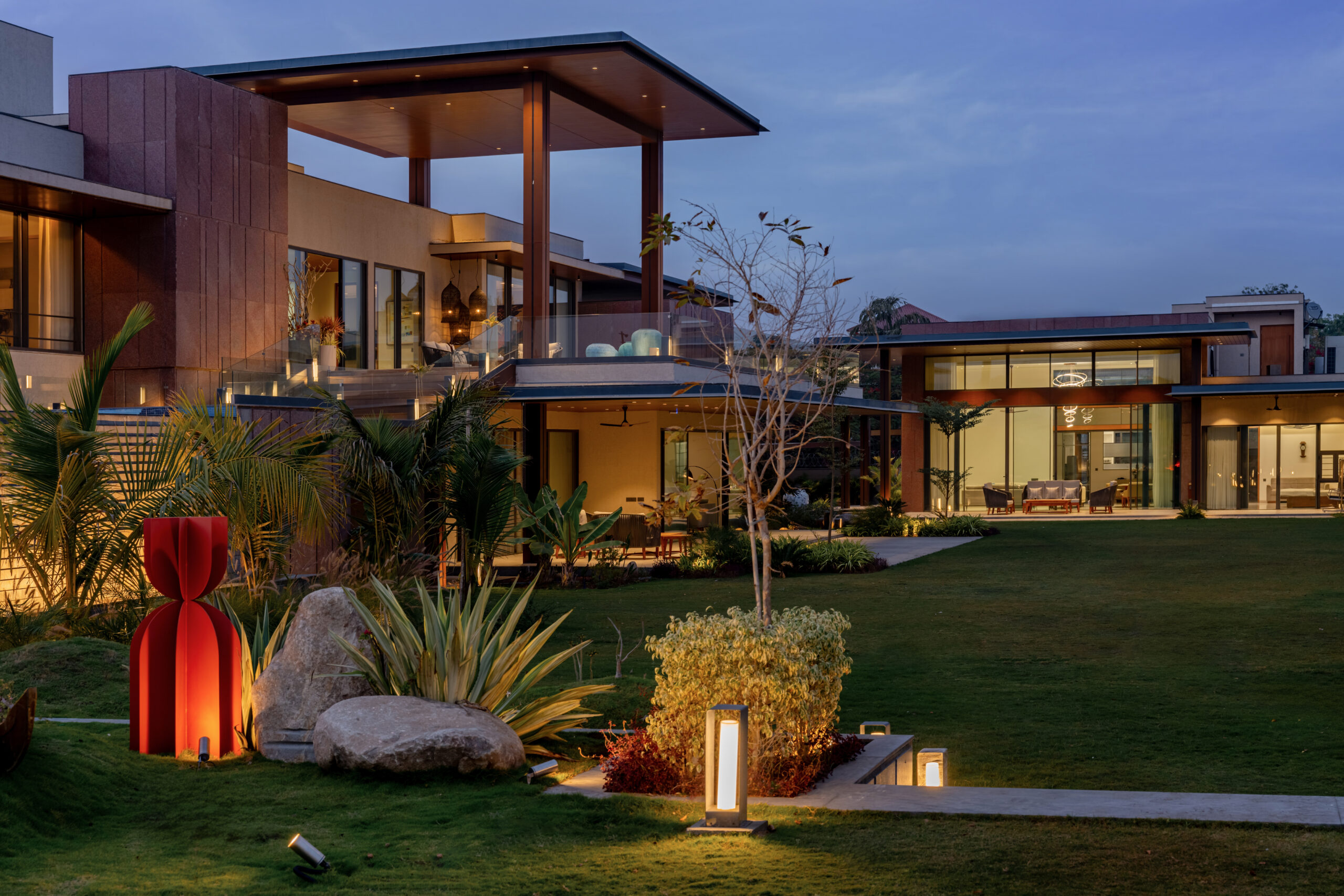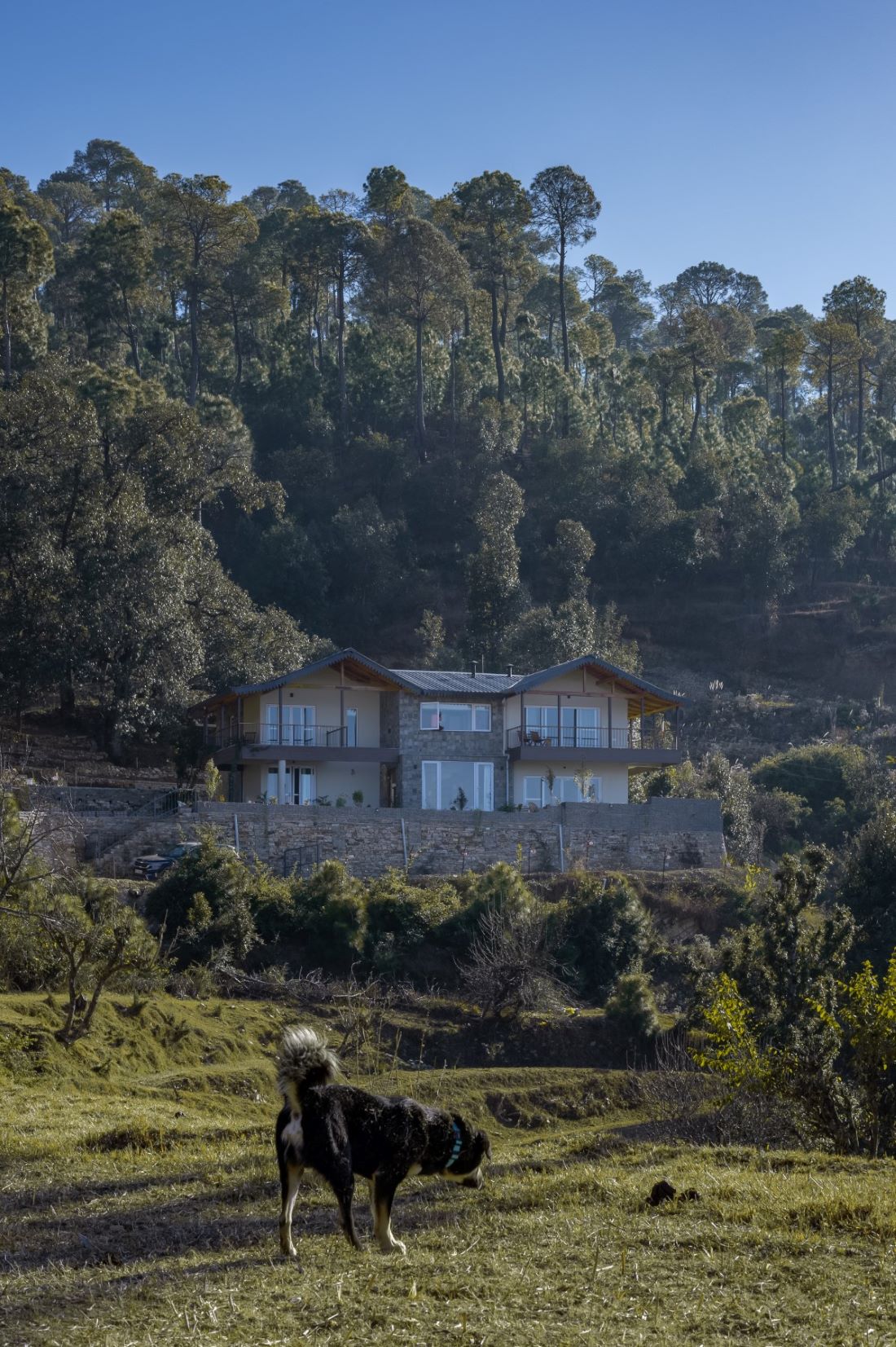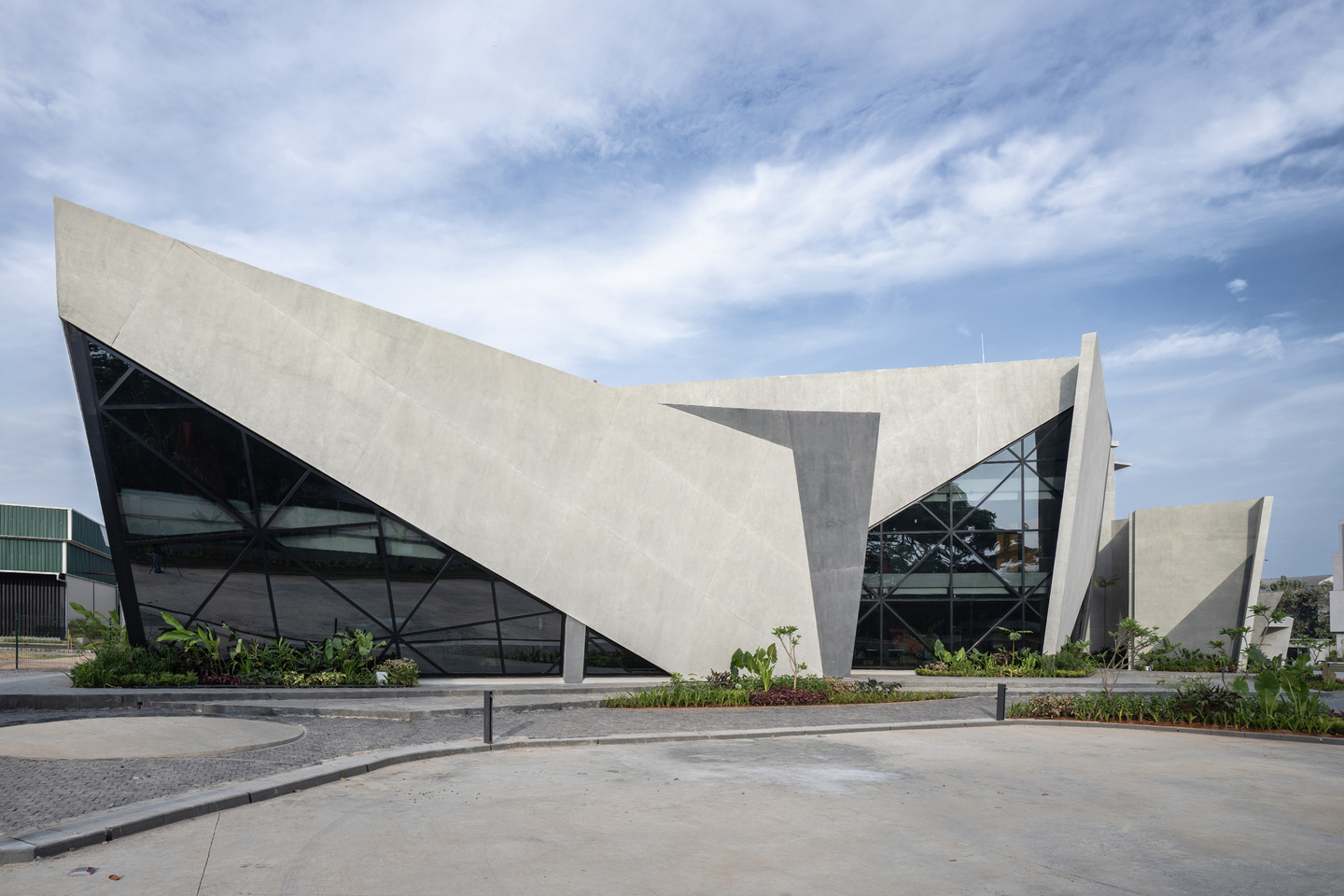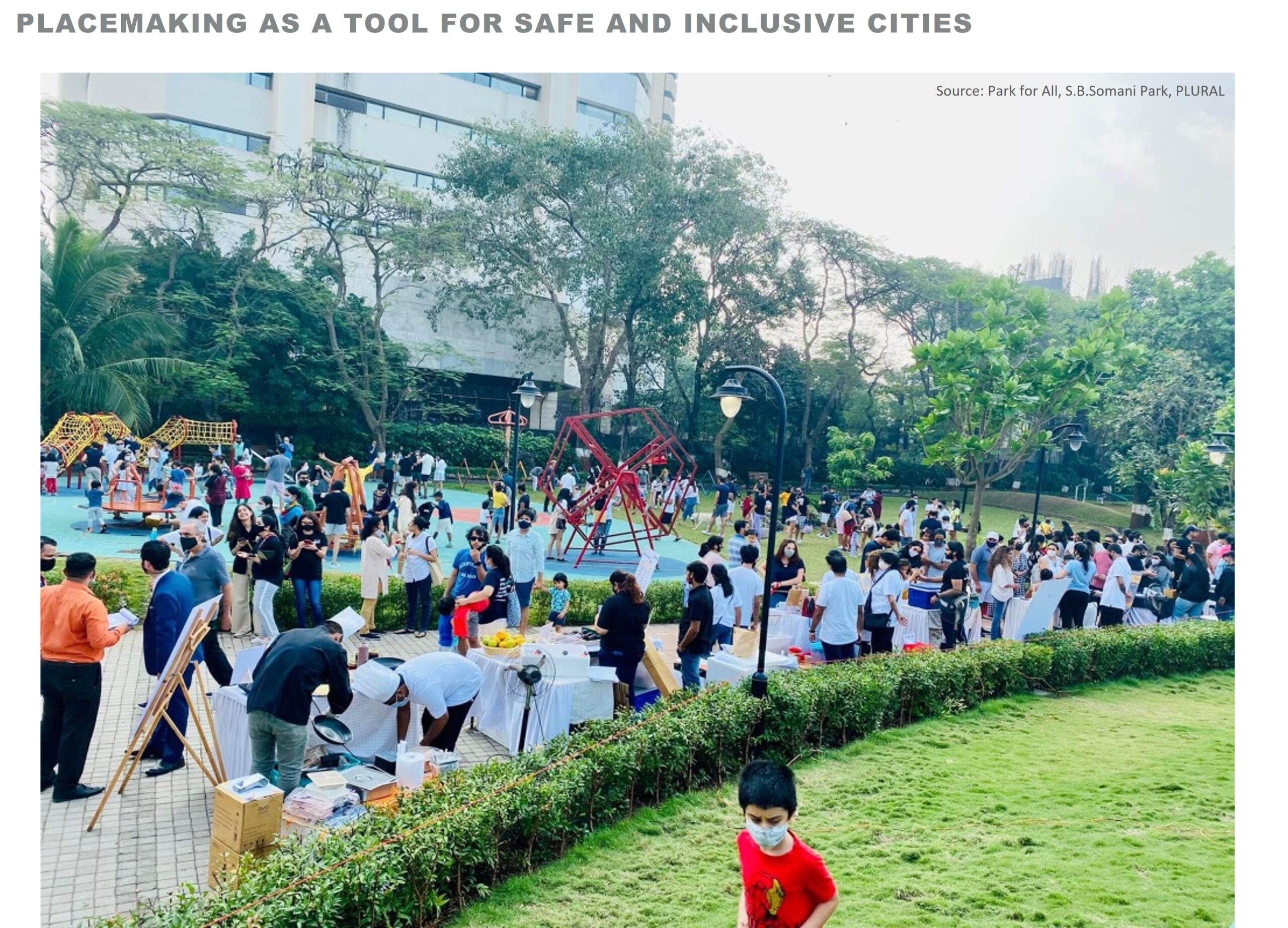The idea of reincarnation , in religion and philosophy , is the birth of and aspect after the physical death of an individual. The term-reincarnation is from the Latin (incarne:”en-flesh”). Literarily it means “re-embodiment”. The concept translates to giving new life to obsolete things, that is the idea of ‘reusing’. In a fast changing world where every product is churned at an ever increasing space there is a lot of ‘Junk’ around us . It is of utmost importance in current times to recognize the need for reusing rather than creating meaningless objects with temporary existence.
“Architecture is a strange mixture of obstinate persistence and constant flux”
Rem Koolhas
Though the construction industry is the backbone of economic development, it is one of the biggest polluters as well. Even the demolishing of existing buildings are problematic to the environment. As part of the Green Building movement, the shift of focus on sustainable practices has led to the exploration of alternate design methods. Accompanied by the need to conserve resources, there is an urgent need and an interest in assessing the potential of defunct old buildings for reuse rather than demolishing and building new.
Adaptive reuse is well known as an environmental-friendly solution to developing buildings. It has proven to give off smaller amounts of green-house gasses when compared to new construction, reduce the amount of new materials needed to complete the project (along with the embodied energy in those new materials), but also reduces the amount of solid waste that goes to the landfill with a demolition.
“The greenest building is the one that is already built.”
Architect Carl Elefante
Adaptive Reuse is defined as the process of transforming morphology of obsolete buildings , by modifying its function to adapt to newer uses. Modification in the built form, which transcends maintenance to accommodate new functions which may include addition, alteration, or subtraction to existing form.
“Any work to a building over and above maintenance to change its capacity, function or performance.”
James Douglas
Traditionally buildings have been designed at juncture of time, and if they cannot adapt with the changing times, they are bound to become defunct. Adaptability of buildings is based on capacity, function and performance. Advocating reuse of buildings by altering function transform a rather inanimate space to an active expansion. Many functions are discontinued or replaced by rather different purpose, and the form is the resultant of the function. Buildings tend to be stagnant whereas functions are not.
The fate of all built form is either decay or continued use as designed in the first place. Decay can result in demolition or preservation, but alteration can provide as an alternative solution to cut down on enormous resources being used in the process. Preservation of form is admissible, but when the function of the building becomes obsolete there is no point preserving the built as is. In such situations adaptive reuse of buildings is the radical substitute. After a building becomes obsolete or it has outlived its purpose due to patterns of use or the advent of technology, adaptive reuse can help bring it back to life.
Thought the idea of adaptive reuse has existed since years, it has been theorised and propagated as an approach of design. Initially the projects were restricted to buildings of architectural marvels , of a certain ‘heritage value’ , but with the changing definition of modern heritage, various built forms such has factories, malls, religious places etcetera can also be considered for reuse. In the past few years there has been great deal of efforts to protect ‘Industrial Heritage’.
According to ICOMOS (The International Council on Monuments and Sites), industrial heritage is defined as the “remains of industrial cultures which are of historical, technological, social, architectural or scientific value”. These “remains” can consist of: buildings and machinery, workshops, mills and factories, mines and sites for processing and refining, warehouses and stores, places where energy is generated, transmitted and used, transportation and all its infrastructure, as well as places used for social activities related to industry such as housing, religious worship or education.”
Following the industrial revolution, rapid deindustrialization has led to a surplus of abandoned and unused industrial buildings throughout . Within previously industrial cities, conglomerations of these abandoned and unused industrial buildings have created an aesthetic, cultural and built phenomenon, known to many, as industrial ruination. The typology of the mill provides large clear open spans with an robust framework. A lot of abandoned mills have been retrofitted to accommodate various functions such as offices, restaurants, galleries etcetera.
The most important factor while designing for an adaptive reuse project is the relationship between old and new . The existing form is already of a particular order and the new insert has to designed with sensitivity to respect the historic form. An ideal design situation of Tabula Rasa (a blank canvas) gives the designer freedom to weave spaces, but in adaptive reuse there is an existing order around which the narrative needs to build. A successful project constitutes a change in the existing order which complements the site. This incompatibility between new and old , termed as the ‘Frankenstein syndrome’ can be the failure of the project. Hence, the narrative between the old and new becomes the core of the adaptive reuse projects.
“The issue is no longer about new versus old , but about the nature of the vital relationship between the two”
-Kenneth Powell, Architecture reborn
When a building is stripped away from its function, it expresses just the form. It stop beings a
product which fulfils a purpose rather it transforms to a framework which can be interpreted and
used in any manner. As the relation between form and function is disrupted , the form is merely a
profile. It becomes a site with its new set of parameters and constraints which can be designed with
sensibilities to a different function. With extensions or modifications, new function can be given to
the form which can be disparate than the old function. Modifications are made to adjust to the new
function or to retrofit the existing structure.
When a new form is juxtaposed on a existing structure to accommodate the new function, there is a
change in order of both the structures. The original and the insert need to form relationships and
function in harmony with one another. They need not be of similar character or styles , in fact in
most cases the extension is a stark contrast from the existing language to create an iconic form
where both the new and old becomes intrinsic.
An approach to is to have minimalistic interventions, so that the host building is persevered in its true glory. A recently completed project by Karan Singh Architects, is the Alembic pharmaceuticals company in Baroda which was transformed to a gallery space with art studios and a cafe. The main aim of the project was to maintain the true spirit of the space in terms of material and the physical quality of the space. The only new architectural elements are new partition walls in studio spaces.

“Our architectural purpose was to approach this is a sculpture”
-Karan Grover Architects
The main backbone of the structure, the trusses, the purlins and rafters were left exposed along with the brick walls, the addition partition walls were white to create a demarcation of the old and new. The space houses exhibition and in itself becomes a piece of art.
Another great example of simple yet transformative intervention is Synergy Office, designed by SJK architects which is inhabited in a mill at Kalachowki, Mumbai. The double height spaces and the skylight in roof brought in ample amount of light hence optimising the daylight of the space. Lightness and continuity were the main aspects of the design achieved through immaculate detailing. A concrete staircase in the middle of the space to connect all spaces , becomes the highlight feature of the project. It is staggered and wide at centre parts to create spill out spaces. The staircase is anchored to the ground and the metal structure of the upper level. A wide landing at the midpoint required additional support so it is suspended from one of the roof trusses. The office spaces are free flowing , glass and simple plywood is used as partitions.

The steel columns and the roof truss was painted black to impose the strong geometric robustness of
the existing building, whereas the intervention is muted colour palette to create a sense of warmth.
A pop of colour and pattern is added by the flooring.
The other spectrum of the approach is changing the atmosphere of the space. Since the existing
building is just a shell, the interiors could be reformed in a contrasting way to create a new language
of space. A new contrasting style in terms of materials and colours could transform the space
drastically. The office space for Only Much Louder, is located in a obsolete printing press . The
character of the building is preserved by retaining the wooden trusses and the brick walls. The design
interventions are minimal yet contrasting to the existing scattered through the site giving the vibe of
a funky ‘work in progress’ workspace. Reclaimed materials such as glass and corrugated sheets were
used as partition walls. The use of basic primary colours enhanced the lively spirit of the space.
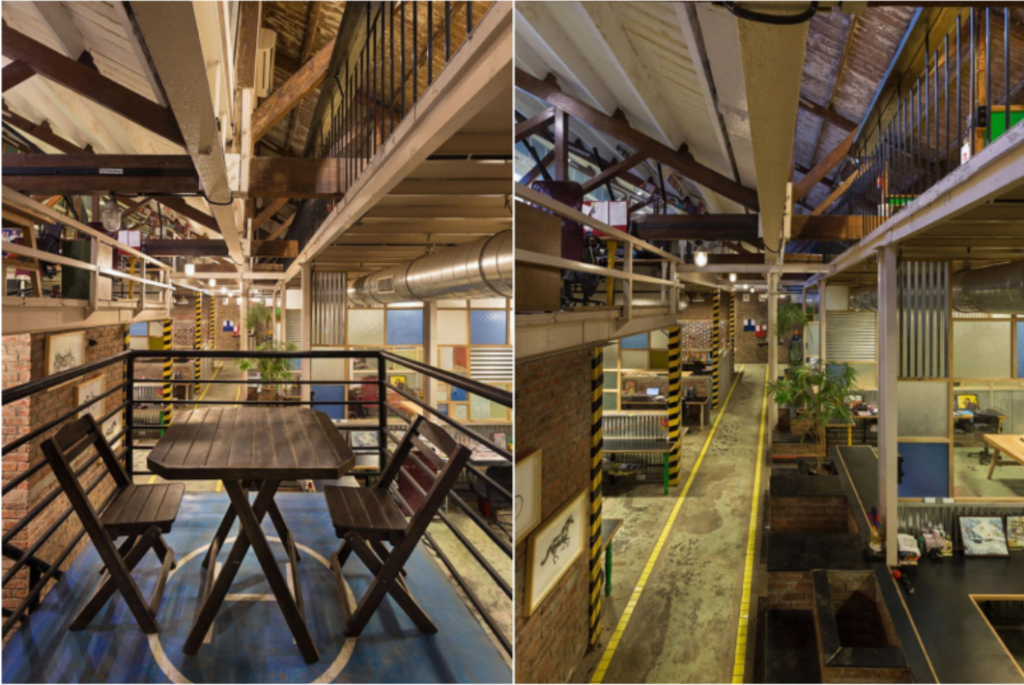
“Material and colour to create a playful vibe”
Patch Design studio on OML office
It is possible to achieve both change and preservation of the old at the same time only when the strategic character of the old is used as guidance for the ‘aesthetic integrity’ of the new as well. The quantitative aspect of the new, particularly the choice of materials, can be totally different from the old. But as long as the strategy for their making is the same as that of the old, a fusion of both old and new can be achieved in such a way that both the old and new can retain their quantitative individuality while qualitatively creating a new whole, based on the rules of the old.
Bibliography
Adaptive Reuse: Extending the Lives of Buildings
Liliane Wong
Tactics of Bricolage :Reclaiming micronarratives in urban ruins for abandoned mills
Sonali Mithal , accessed on Archiprix
Revitalizing Mumbai Textile Mill Lands for the City
Vinay Arun Surve
NARRATIVE AS ETHOS: A METHOD FOR ADAPTIVE REUSE
Gregory Urquhart
The Adaptive Reuse of Industrial Heritage Buildings: A Multiple-Case Studies Approach
Evan Sugden
Adaptive reuse of old buildings : new functions and interior spaces
by Kapur, Amita
RETHINKING FACTORY A Study of Design Opportunities & Constraints: Adaptive Reuse of Mills in Mumbai
Shailja Patel
https://www.sjkarchitect.com/synergy-office
https://www.dezeen.com/2018/04/01/sjk-architects-interior-design-offices-warehouse-conversion-st
aircase-mumbai/
https://www.archdaily.com/923851/alembic-industrial-heritage-and-re-development-karan-grover-a
nd-associates
https://thearchinsider.com/conservation-to-contemporary-the-alembic-factory-vadodara-gujarat/

